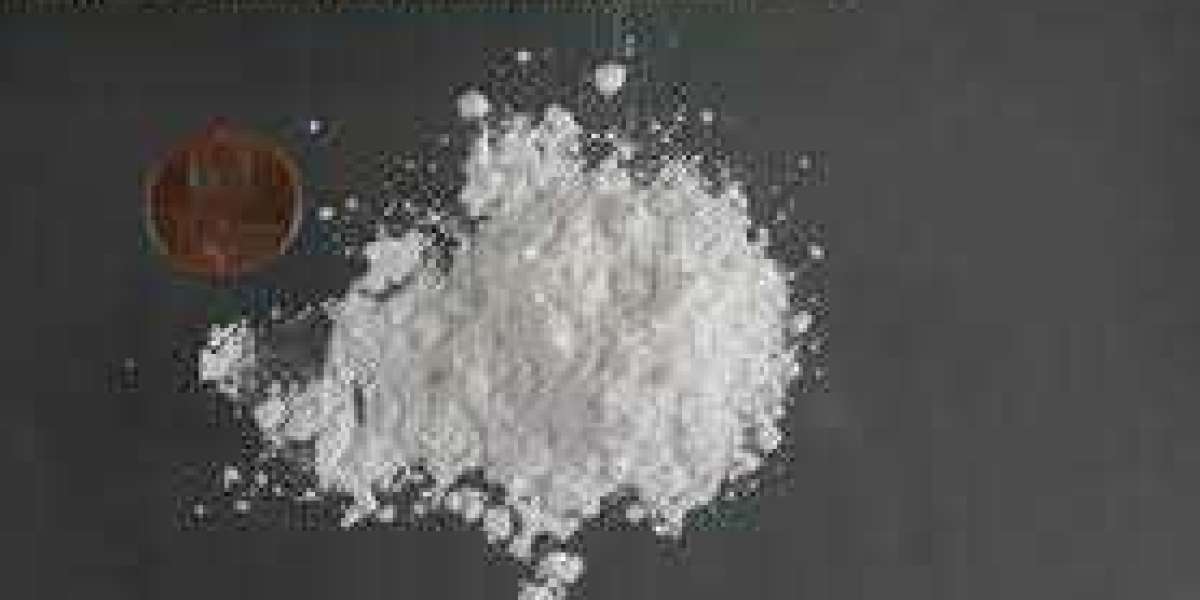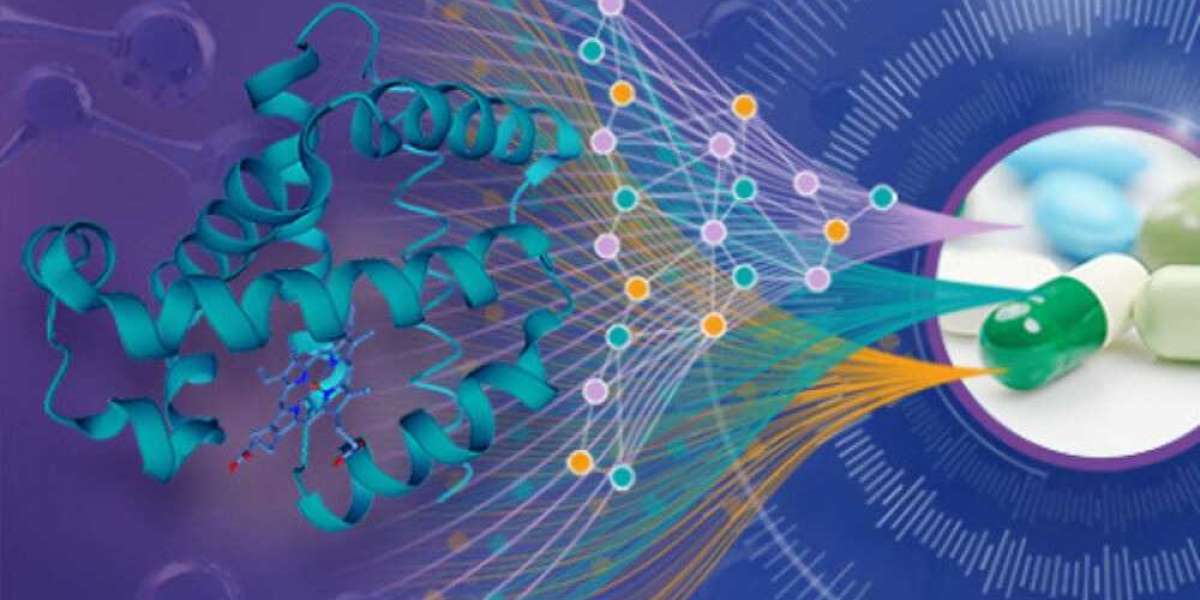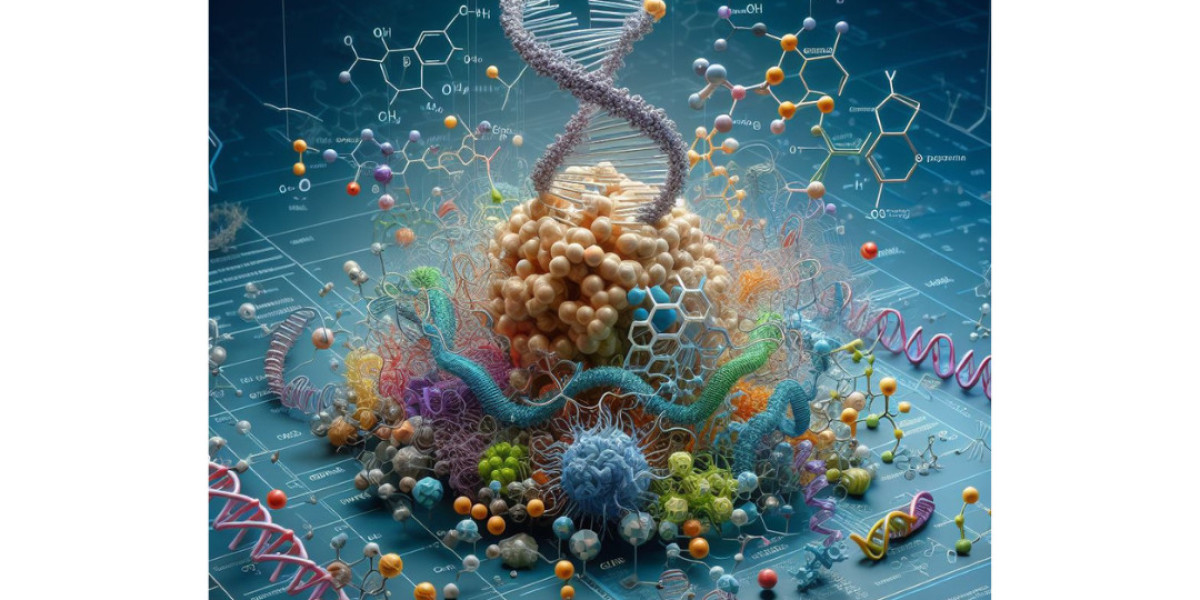Cocaine is a potent central nervous system stimulant with a complex molecular structure. This article delves into the chemistry behind cocaine, revealing its molecular composition and how it exerts its effects on the brain and body.
1 The Molecular Structure of Cocaine
What is Cocaine made of? The chemical name for cocaine is benzoylmethylecgonine. Its molecular formula is C17H21NO4, meaning it consists of 17 carbon atoms, 21 hydrogen atoms, one nitrogen atom, and four oxygen atoms. This complex structure gives cocaine its stimulant properties.
2 Cocaine's Mechanism of Action
Cocaine primarily affects the brain's neurotransmitter system, particularly dopamine. When ingested, it blocks the reuptake of dopamine, serotonin, and norepinephrine, leading to elevated levels of these neurotransmitters in the brain. This surge in dopamine is responsible for the euphoria and increased alertness experienced by cocaine users.
3 The Consequences of Cocaine Use
While cocaine's stimulant effects can be appealing, repeated use can lead to tolerance, dependence, and addiction. Moreover, cocaine abuse can have severe health consequences, including cardiovascular issues, mental health problems, and damage to various organ systems.








